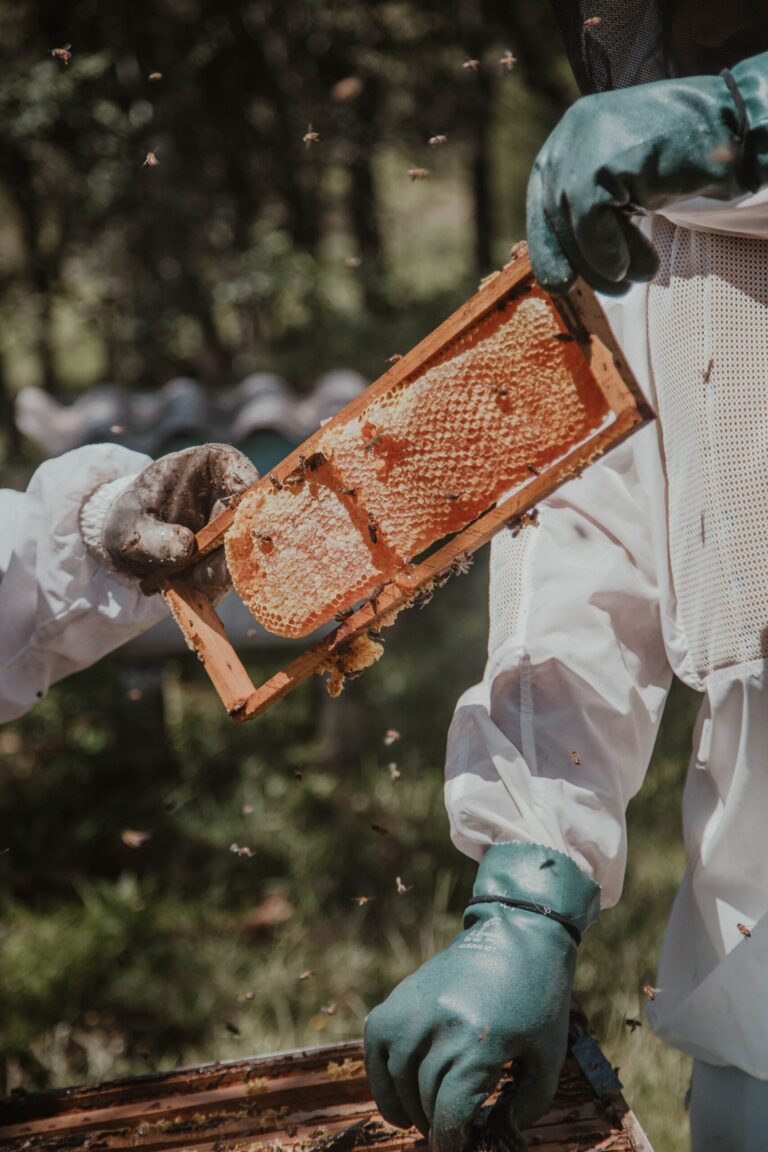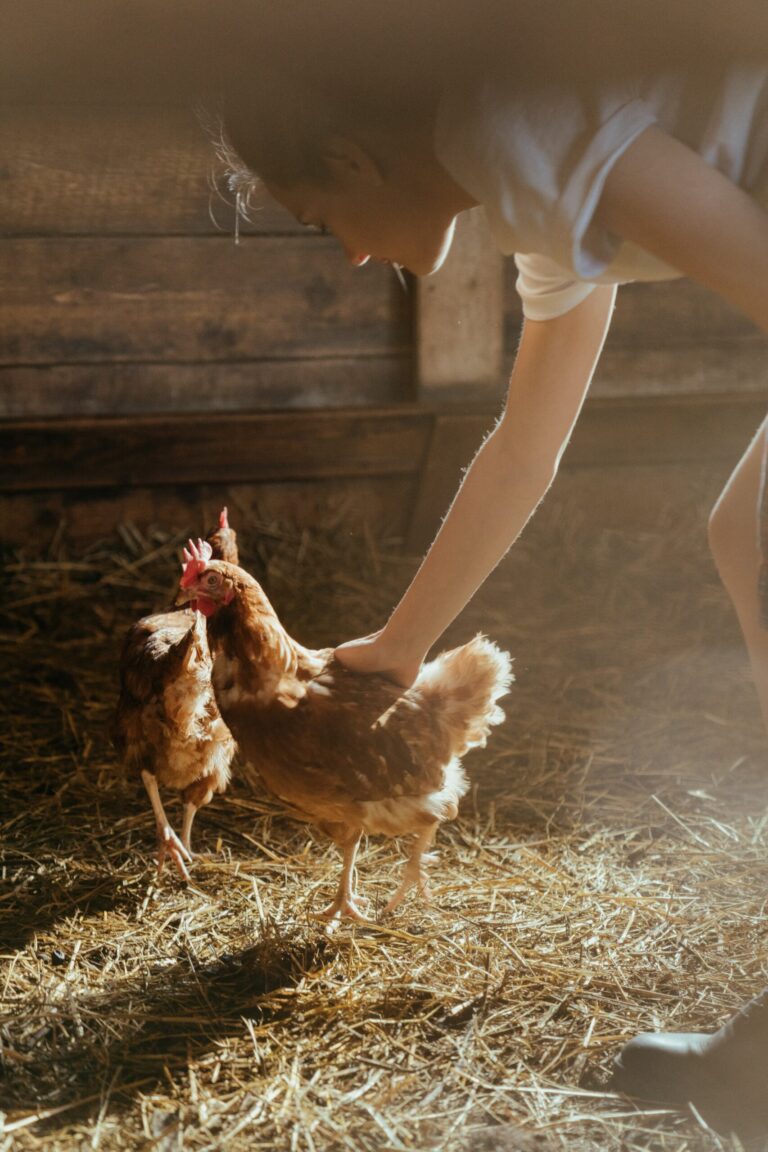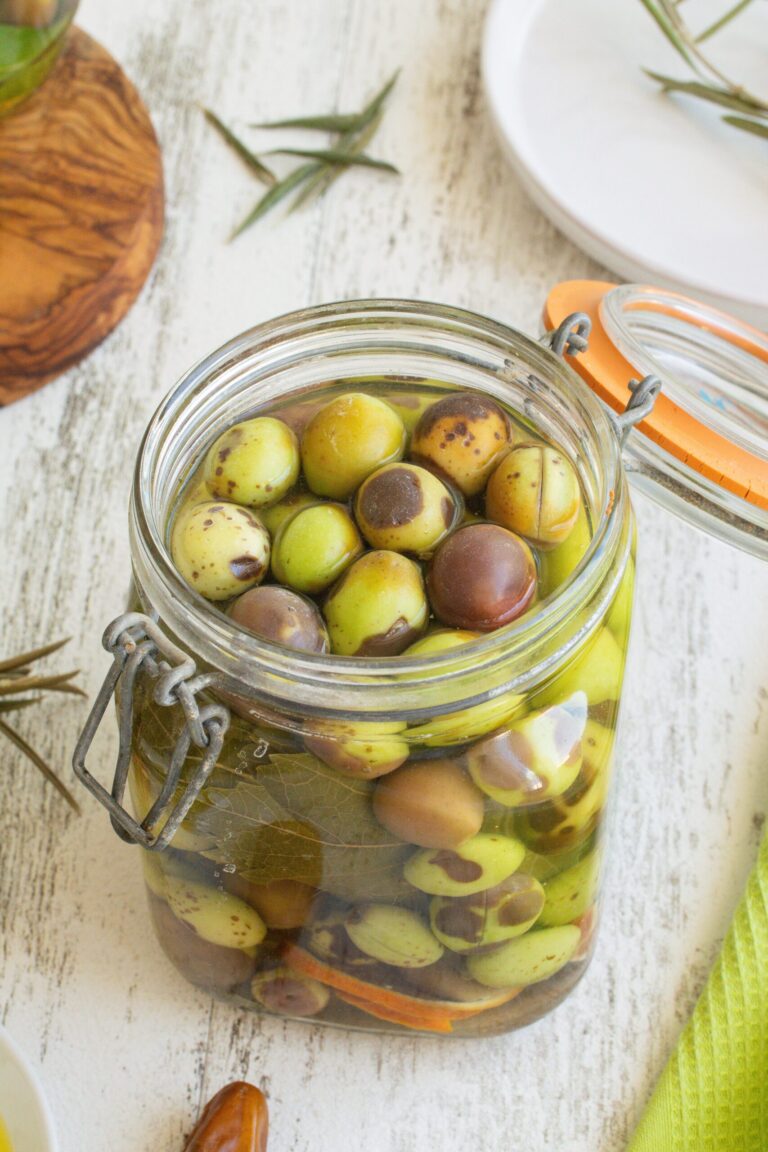Essential Steps for Starting Your Homestead
Starting your homestead is an exciting step toward a simpler, more intentional life. Whether you dream of a backyard garden or a fully self-sufficient farm, every homestead begins with a single decision: to begin. But where do you start? What should you focus on first? And how do you build a homestead that works for your land, budget, and family?
This guide walks you through the steps to get started, with real-life, doable advice that fits any stage or space. Let’s break it down so you can build your homestead confidently and clearly.
1. Know Your “Why”
Before picking up a shovel or bringing chickens home, take time to reflect. Why do you want to homestead?
Maybe you’re seeking a slower pace of life. Perhaps you want to grow your food or rely less on the grocery store. Others start homesteading to teach their children old-fashioned skills or to reconnect with nature. There’s no wrong reason—but understanding your purpose will shape how you plan and prioritize.
When you know your “why,” the “how” gets easier.
Action step:
Write down three reasons why you want to homestead. Keep it somewhere visible to remind yourself when things get tough.
2. Start Where You Are
Homesteading doesn’t require 40 acres and a barn. You can begin on a balcony, in a backyard, or with a handful of pots and containers. Your homestead starts with making the most of what you have.
If you already have land, great! But don’t wait for perfect conditions. Every step counts.
Quick wins to try first:
- Grow herbs in a windowsill or porch pot
- Compost your food scraps
- Bake homemade bread
- Start a backyard garden with easy crops like lettuce or radishes
These small habits lead to significant changes.
3. Make a Plan (But Be Flexible)
It’s tempting to jump in all at once. But that can lead to burnout or costly mistakes. Instead, build a homestead plan—just like you’d plan a home remodel or a big road trip.
Things to consider in your plan:
- What’s your available time? (Be honest.)
- What space do you have? (Yard, windows, acreage?)
- What’s your budget?
- What skills do you already have?
- What do you need to learn?
Then, break your big picture into smaller projects you can handle one season at a time.
Remember, flexibility is key. Your plans will change, and that’s okay. As your skills grow, so will your homestead.
4. Know Your Land
If you have a property—or even a backyard—spend time getting to know it before you dig in.
- Watch how the sunlight moves through your space
- Test your soil or get a basic soil kit
- Notice how water drains after it rains
- Map out where you’d ideally place a garden, coop, compost pile, or shed
Understanding your land helps you make better choices, from what to grow to where to build.
Pro tip:
Sketch a rough layout of your homestead on paper. You don’t need to be an artist—draw what makes sense.
5. Learn as You Go
You don’t have to know everything on day one. No one does!
The best way to learn homesteading skills is by doing. That said, take time to research, read, and try things slowly.
Start with the basics:
- Gardening
- Composting
- Preserving food (canning, dehydrating, freezing)
- Keeping chickens or small animals
- Building simple structures (like a raised bed or compost bin)
Don’t overwhelm yourself with everything at once. Learn one skill at a time—and celebrate each step forward.
6. Budget Smart and Keep It Simple
Homesteading isn’t always cheap, especially up front, but it doesn’t have to break the bank.
Start small and look for budget-friendly ways to get started:
- Use repurposed wood or materials
- Shop second-hand for tools or canning supplies
- Barter with neighbors or local homesteaders
- Buy seeds instead of seedlings to save money
As you build your homestead, you’ll find new ways to stretch your dollar, especially once your garden or animals start producing.
Pro tip:
Track your spending and savings to see how much your homestead is helping your family.
7. Build Core Systems First
You don’t need everything at once. Focus on the most critical systems first.
For example:
- A simple raised garden bed for vegetables
- A compost pile or bin for food waste
- A rain barrel for water collection
- A chicken coop, if you’re adding poultry
Start with what will feed your family or save you the most money. Then expand from there.
Keep in mind:
You don’t have to go “off-grid” to homestead. Many modern homesteaders blend traditional skills with modern conveniences.
8. Grow Food You’ll Eat
It’s easy to get excited and plant 10 varieties of kale or a whole row of eggplant. But if no one in your house eats kale or eggplant, that’s wasted time and space.
Start by growing what your family already loves:
- Tomatoes
- Carrots
- Green beans
- Lettuce
- Herbs
Then experiment with a few new items each season. Focus on success and simplicity, especially in your first year.
Bonus tip:
Plant perennials like asparagus, rhubarb, or berry bushes. They’ll come back year after year with little effort.
9. Add Animals (When You’re Ready)
It is tempting to get chickens right away, but animals add a new level of responsibility. Make sure your basic systems are in place first.
Chickens are a great first choice. They’re relatively easy to care for, don’t need much space, and they provide fresh eggs, fertilizer, and pest control.
Later, you might consider:
- Meat rabbits
- Ducks
- Goats (great for milk and brush control)
- Bees (if you’re ready for the learning curve)
Only take on what you can manage. Healthy animals require daily care, vet knowledge, and secure housing.
10. Preserve the Harvest
A big part of homesteading is keeping what you grow. That way, nothing goes to waste, and your pantry stays full all year.
Start learning simple food preservation techniques like:
- Water bath canning (for jams, pickles, tomatoes)
- Freezing (berries, veggies, herbs)
- Dehydrating (fruit, jerky, snacks)
- Fermenting (sauerkraut, kimchi, kombucha)
Even small harvests can go a long way when preserved correctly.
Tip:
Try canning a single batch of jam or pickles before investing in equipment. You’ll learn quickly whether it’s right for you.
11. Build Community and Ask for Help
Homesteading can feel isolating, but it doesn’t have to be. Community makes a huge difference.
Look for local gardening clubs, homestead meetups, or farmers’ markets. Follow homesteaders online. Ask questions. Share your successes and failures. We’re all learning.
You’ll be surprised how generous the homesteading community can be. Swapping seeds, troubleshooting problems, or helping with a big harvest—these connections are gold.
12. Expect Setbacks (And Learn from Them)
Things will go wrong. You’ll plant at the wrong time, your cucumbers will get powdery mildew, or raccoons will find the chicken feed.
It happens to all of us.
The key is to learn from your mistakes and keep going. Homesteading builds resilience for your food, your family, and your mindset.
Each season teaches you something new. With each year, you’ll get better and more confident.
Final Thoughts: You Don’t Have to Do It All
It’s easy to look at seasoned homesteaders and feel you’re behind. But remember—everyone starts somewhere.
Maybe your first year is just herbs and a tomato plant. That’s still homesteading. Perhaps you raise one batch of meat chickens and realize it’s not for you. That’s part of the journey, too.
Homesteading is about progress, not perfection. It’s about making the most of what you have and where you are, with your skills. Each step builds on the last.
So breathe deep, get your hands dirty, and take the next right step. Your homestead story is waiting to be written—one seed, one jar, one homemade loaf of bread at a time.



